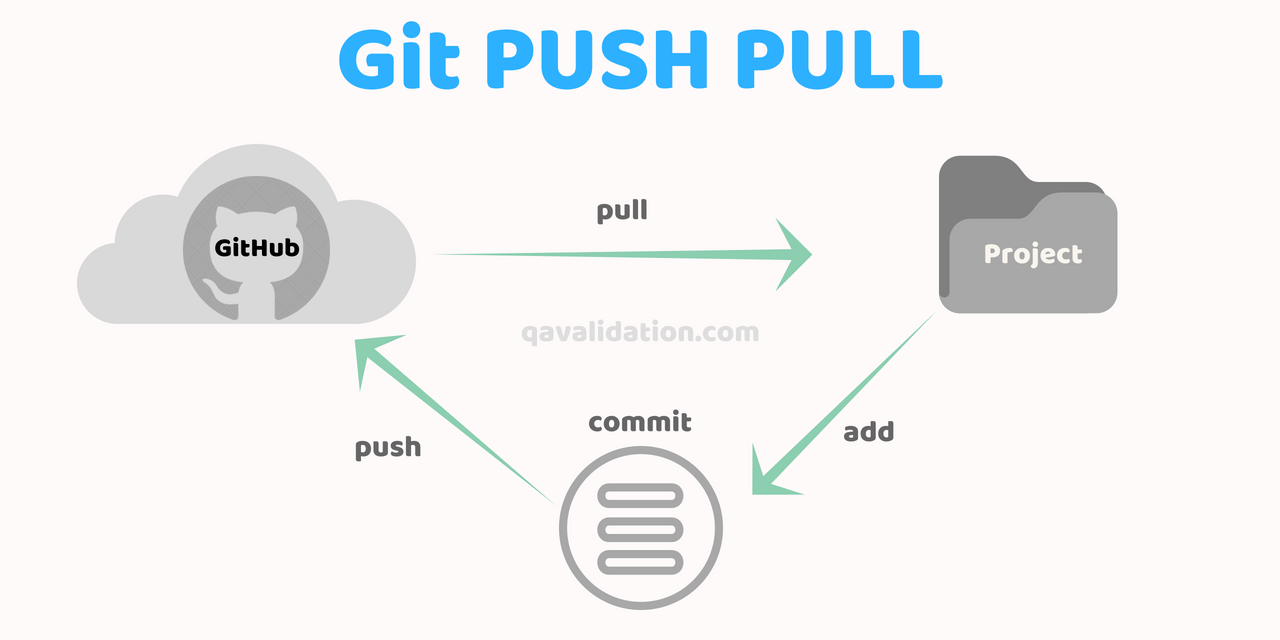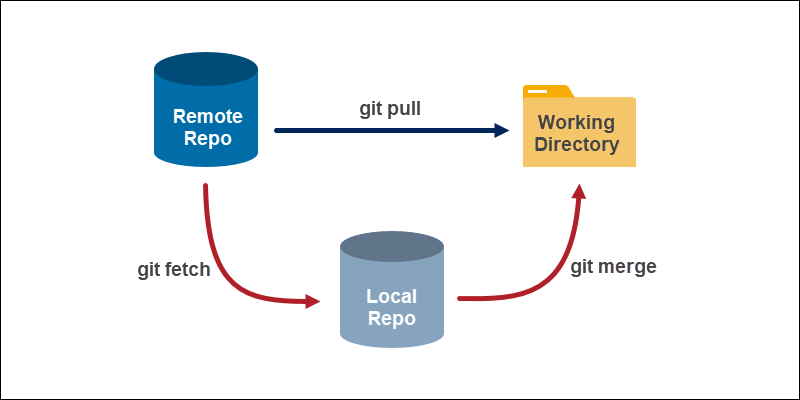

This will show what revision and author last modified each line of “filename”. This command shows what revision and author last modified each line of a file. This will start the bisecting process, mark the current commit as bad, and mark the commit with the given ID as good. This command uses a binary search algorithm to find which commit in your project’s history introduced a bug. This will apply the changes introduced by the commit with the given ID. This command applies the changes introduced by some existing commits.

This will discard the most recently stashed changeset. This command discards the most recently stashed changeset. This will display all stashed changesets. This command lists all stashed changesets. This will apply the most recently stashed changes and remove them from the stash list. This command restores the most recently stashed changes. This will temporarily save all modified tracked files. This command temporarily saves changes that you don’t want to commit immediately. This will create a new commit that undoes the changes made in the last commit. This command creates a new commit that undoes the changes made in a previous commit. This will apply any changes made on the current branch ahead of the master branch. This command is used to apply the changes made on the current branch ahead of another branch. This will fetch all objects from the origin remote that don’t exist in your current repository. This command fetches all the objects from the remote repository that are not present in the local one. This will tag the latest commit with “v1.0”. This command is used to give tags to the specified commit. This will display the metadata and content changes of the latest commit. This command shows the metadata and content changes of the specified commit. This will display an ordered list of the recent commits. This command shows a listing of commits on a branch including the corresponding details. This will delete the file named “filename” and stage the deletion. This command deletes the file from your working directory and stages the deletion. This will unstage the file named “ filename“. This command unstages the file, but it preserves the file contents. This will show unstaged differences since the last commit. This command shows the file differences which are not yet staged. This command merges the changes from one branch into another. This will switch to the branch named “branch-name”. This command is used to switch between branches in a Git repository. This will list all of the branches in your repository. This command lists all of the branches in your repository. This will push your committed changes to the master branch of the origin remote repository. This command sends your committed changes to a remote repository. This will pull changes from the master branch of the origin remote repository. This command fetches changes from a remote repository and merges them into your current branch. This will display the status of your working directory. This command shows the status of changes as untracked, modified, or staged.

This will commit your changes with a message describing what you changed. It takes a snapshot of the changes you’ve staged using git add. This command is used to save your changes to the local repository. This will add the file named “filename” to the staging area. This command adds a file to the staging area in preparation for a commit.

This will clone the repository at the given URL to your local machine. It creates a copy of a remote repository on your local machine.ġ git clone https: //github. This command is used to clone a repository. This will initialize a Git repository in your current directory. This will also create a new branch named master. git subdirectory in your current working directory. This command is used to initialize a new Git repository. By mastering these commands, you’ll be well on your way to becoming a more efficient and effective developer. These commands will help you initialize a repository, make commits, create and switch branches, and much more. In this post, we will delve into 30 basic Git commands that every developer should know.


 0 kommentar(er)
0 kommentar(er)
